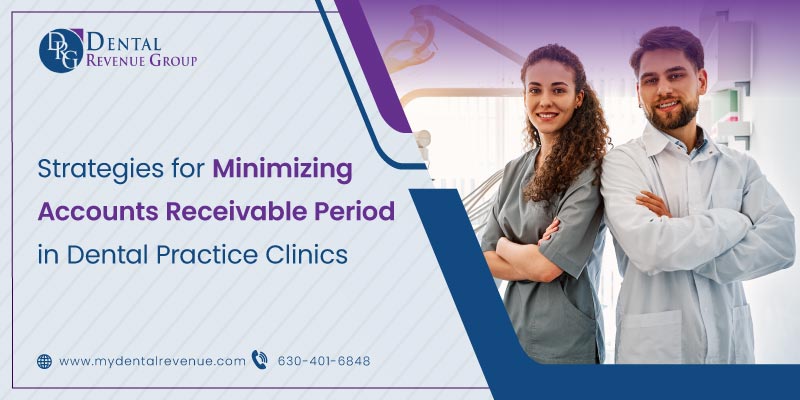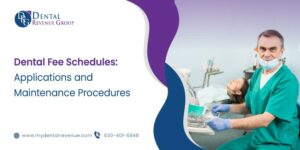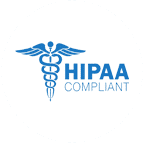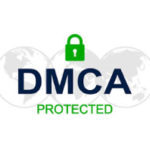Running a successful dental practice is more than just crunching numbers; it’s about keeping the heartbeat of your business strong and steady. In the ever-changing landscape of healthcare, dental practices find themselves on a rollercoaster of challenges, from insurance intricacies to patient expectations. The anxiety-inducing culprit? Unsettled bills from both insurance and patients. If you’re tired of feeling like your accounts receivable are running the show instead of working for you, fear not. We’ve got the inside scoop on turning the tables and making your dental billing a well-oiled machine. Let’s dive into some savvy solutions and pro tips to bid farewell to those looming accounts receivable woes.
Understanding A/R Days in Dental Practices
Diving into the realm of A/R days in dental practices reveals more than just a timeline – it’s a narrative of your practice’s financial health. A cardinal rule in this game is keeping the A/R within the 30-day mark, a sweet spot that signals smooth sailing. However, when that number stretches, clocking an average of over 60 days, it’s time to unravel the why.
Behind the Curtain: Unraveling the Causes
Payer Play: Delays and Denials
Picture this: payers holding onto claims like a poker hand, citing inaccurate patient details or rejecting on the grounds of “medically unnecessary” treatments. It’s a game, and the stakes are high.
Denial Hotspots: Spotting the Trends
Not all procedures are created equal, especially in the eyes of the payer. Procedures like periodontal scaling and root planing (SRP) might find themselves in the denial limelight more often than their counterparts. It’s a trend worth noting.
Coding Chronicles: Errors and Omissions
The devil is in the details, they say. Dental billing errors, from coding mishaps to incomplete documentation, can throw a wrench into the payment machinery. Submitting claims fashionably late? That’s a billing faux pas that deserves attention.
In the intricate dance of accounts receivable, understanding the nuances behind the 60-day average unveils opportunities for improvement and ensures your practice is in the driver’s seat of its financial narrative.
Proactive Plan for A/R Management in Dental Practices
To prevent the accumulation of accounts receivable (A/R) issues in dental practices, implementing a proactive system and a robust client communication plan is paramount. The key to averting A/R problems lies in addressing potential issues during the check-in process and maintaining clear communication with clients.
Comprehensive Patient Check-In Process
- Verify and pre-authorize the procedure through the client’s insurance company.
- Clearly communicate the patient’s financial responsibility, including the expected portion of the cost.
- Conduct these checks during the patient’s check-in before the appointment to minimize discrepancies.
Pre-Authorization Procedures
- Pre-authorize procedures with the client’s insurance company to determine uncovered costs.
- Keep a credit card on file for every patient with their explicit permission to use it when necessary.
- Safely and securely store credit card information, ensuring compliance with data protection regulations.
Third-Party Patient Financing
- Provide patients with alternative payment options, such as third-party patient financing.
- Conduct thorough research to partner with reputable companies that enhance the overall patient experience.
- Address the challenge of collecting balances from payment plans by offering diverse financing alternatives.
Competent and Proactive Administrative Team
- Empower your front desk team with training on A/R management and proactive procedures.
- Foster a culture of clear communication within the administrative team.
- Equip the team with the tools and knowledge to address A/R issues promptly and efficiently.
By implementing these proactive measures, dental practices can significantly reduce the likelihood of A/R problems. A well-informed and proactive administrative team, coupled with efficient check-in processes, will not only prevent A/R accumulation but also contribute to a positive patient experience and sustained financial health for the practice.
6 Game-Changing Strategies for Minimizing A/R Periods in Dental Practices
It is imperative to employ effective strategies for minimizing the accounts receivable period. Discover targeted strategies to strategically prioritize, optimize, and enhance revenue collection in your dental practice.
Prioritizing Aging Accounts
Recognizing the increased risk associated with older accounts, dental providers should adopt a proactive stance in addressing them promptly. By giving precedence to aging accounts, clinics can mitigate the potential challenges posed by non-collection. The size of outstanding balances holds a considerable impact on the overall financial well-being of a dental practice. Prioritizing larger accounts ensures that clinics allocate focused efforts to resolve issues with a more substantial influence on their financial stability. Directing attention to the collectability of accounts is crucial in expediting payments. Dental clinics should prioritize accounts with valid insurance coverage and those free from disputes. By concentrating efforts on these accounts, clinics streamline collection processes and reduce the likelihood of unpaid bills.
Ensure Billing Precision
In the pursuit of prompt payments, it is imperative for healthcare providers in dental practice clinics to meticulously verify the billing information associated with each account. A thorough examination of patient details, insurance information, and billing codes is essential to identify and rectify any discrepancies that may arise. Elevating billing information accuracy involves a comprehensive approach, including double-checking patient particulars, scrutinizing claims, confirming insurance eligibility, reviewing payment history, and fostering clear communication with patients. Leveraging advanced billing software and provider portals enhances the ability to pinpoint errors, thereby promoting precise billing. By dedicating time to verify billing information, dental healthcare providers can avert payment delays and mitigate the risk of denied claims, fostering a positive rapport with both patients and insurance providers crucial for sustained practice success.
Implement Regular Follow-up Procedures
In the realm of effective accounts receivable management, consistent follow-up with patients and insurance providers is paramount. Establishing a systematic follow-up schedule for accounts with outstanding balances is pivotal, encompassing the dispatch of reminders and engaging in proactive phone communication with responsible parties. Regular follow-up routines serve to keep accounts up-to-date, minimizing the likelihood of uncollectible balances. This structured approach ensures that patients and insurance providers remain informed about outstanding balances, consequently diminishing the risk of disputes and enhancing the probability of timely payments. Furthermore, regular follow-up efforts contribute to the maintenance of positive relationships with patients and insurance providers, fostering heightened patient satisfaction and loyalty.
Train and Evaluate Staff Performance
An integral component of effective accounts receivable management in dental practice clinics is ensuring that staff members are well-versed in the intricacies of their roles and understand the significance of prompt payment. Establish a comprehensive training program covering accounts receivable management, effective communication techniques, handling patient inquiries, and navigating insurance processes. Regularly evaluate staff performance through the monitoring of key performance indicators (KPIs) related to accounts receivable. Metrics such as the average collection period, percentage of overdue accounts, and collection rates offer valuable insights to identify areas for improvement and track overall progress. By fostering a well-trained and performance-driven team, dental practices can optimize their accounts receivable processes.
Offer Convenient Payment Solutions
Facilitating timely payments from patients requires providing convenient and flexible payment options. Ensure that your dental practice offers a range of methods, including cash, credit/debit cards, electronic funds transfer (EFT), and online payment platforms. Consider implementing payment plans or financing options to accommodate patients facing financial constraints. Utilize automated payment reminders and follow-up systems to prompt patients to settle their outstanding balances promptly. By offering accessible and varied payment solutions, dental practices can encourage timely payments while accommodating the diverse financial needs of their patient base.
Write off uncollectible accounts
Writing off uncollectible accounts is a crucial step in the management of accounts receivable, serving as a necessary measure to address outstanding balances that are unlikely to be recovered. However, this process requires a careful and well-documented approach to ensure decisions are grounded in sound reasoning and compliance with applicable guidelines. Healthcare providers must meticulously record all attempts made to collect the outstanding balance and adhere to legal requirements before initiating a write-off. By doing so, providers can proactively manage outstanding balances, reducing the risk of revenue loss, maintaining accurate financial records, and minimizing the potential for audit findings. Providers need to approach the decision to write off an account with careful consideration, weighing all available options and aligning the decision with established policies to uphold financial integrity. In essence, the strategic write-off of uncollectible accounts is an integral aspect of maintaining a robust accounts receivable system and sustaining the overall financial health of the organization.
Conclusion
In summary, addressing legacy accounts receivable presents a substantial challenge for long-standing healthcare providers. Yet, the implementation of the key strategies outlined in this blog offers an effective roadmap for reducing legacy accounts receivable. By adopting a proactive stance and integrating these strategies, healthcare providers can enhance their financial health and mitigate the risk of revenue loss associated with lingering accounts.











